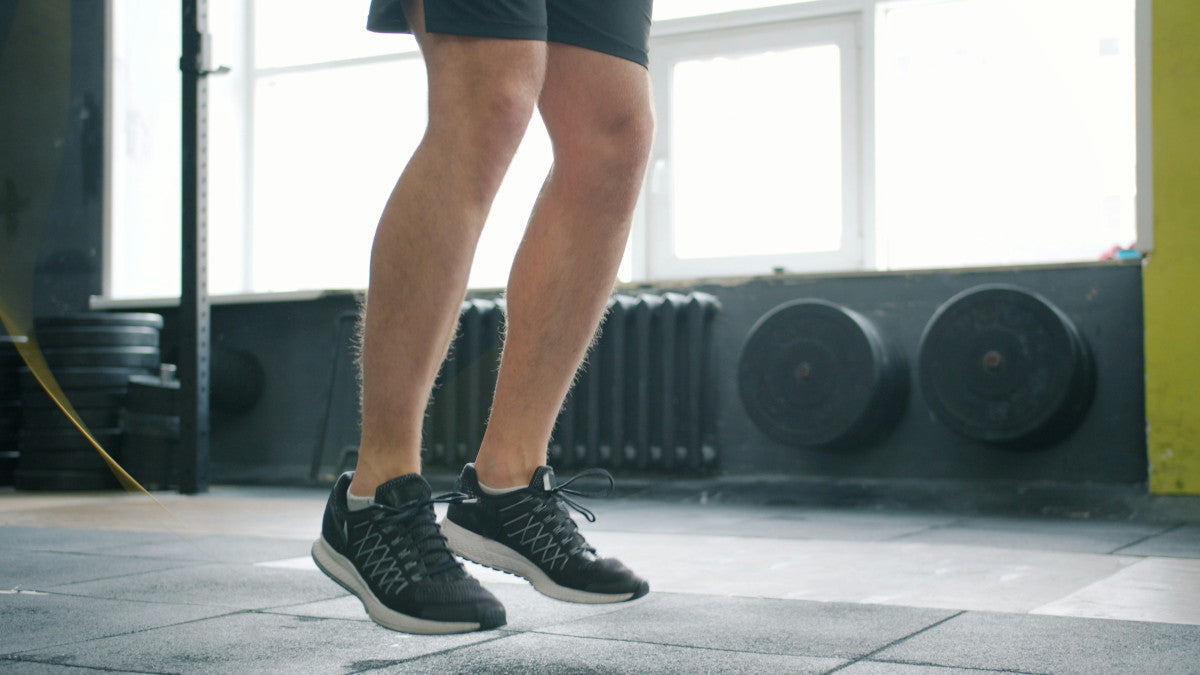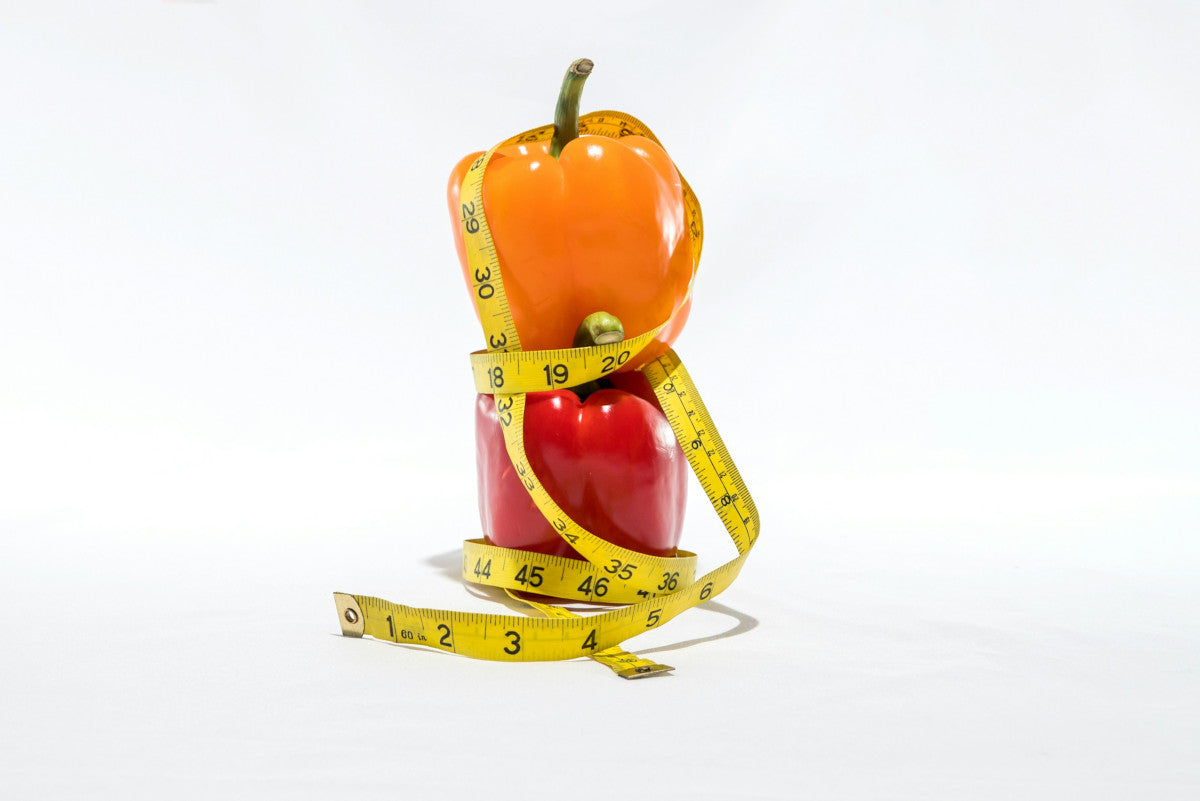
Best Magnesium For Perimenopause: What Type of Magnesium is Best For Perimenopause?
Magnesium is among the most important minerals for human health, influencing over 300 reactions in the body. It should come as no surprise the best magnesium for perimenopause can help ease sympto...

Best Vitamins for Perimenopause: What Vitamins Are Good for Perimenopause?
The changes that show up during perimenopause can feel unsettling. The good news is that the best vitamins for perimenopause can help fill in the nutritional gaps that make perimenopause symptoms ...

Best Probiotics For Perimenopause
Perimenopause is the turning of a page. It’s the beginning of the next chapter in your life, a rite of passage for all women. While it brings about many changes (and plenty of complications), you ...

What Are the Best Supplements For Perimenopause?
Sleep becomes unpredictable, hot flashes show up without warning, moods swing faster than they used to, and digestion doesn’t behave the same once perimenopause begins. But you can gracefully embr...

If you are hosting this holiday season or just cutting back on alcohol, these prebiotic mocktails give you something better than soda or juice. These recipes were created with The Butcher’s Daught...

GLP-1 Muscle Loss: Why Does GLP-1 Cause Muscle Loss?
Most people are excited to start losing weight on GLP-1 drugs such as Ozempic, Wegovy, and Mounjaro - until they realize that it’s not only fat melting away. GLP-1 muscle loss is incredibly common...

GLP-1 Hair Loss: Does GLP-1 Cause Hair Loss?
There’s no denying the rapid weight loss results GLP-1 drugs can produce, be it Byetta vs Ozempic, Wegovy, or anything in between. But you have to think about whether or not the side effects are w...

Wegovy vs Mounjaro: Is Mounjaro Better Than Wegovy?
Losing weight shouldn’t feel like a full-time job. Medications like Wegovy vs Mounjaro have caught the world’s attention because they help quiet constant hunger, stabilize energy, and make lasting...

Zepbound vs Wegovy: What is the Difference and Which is Better?
Whether you’ve tried Ozempic and found it wasn’t for you or you’re just exploring your options before getting started, Zepbound and Wegovy are two popular weight management drugs you have at your ...
These are expert opinions on lifestyle from professionals who are board-certified physicians, registered dieticians, or healthcare professionals. This content does not represent any medical advice for prevention or treatment of any medical diseases.